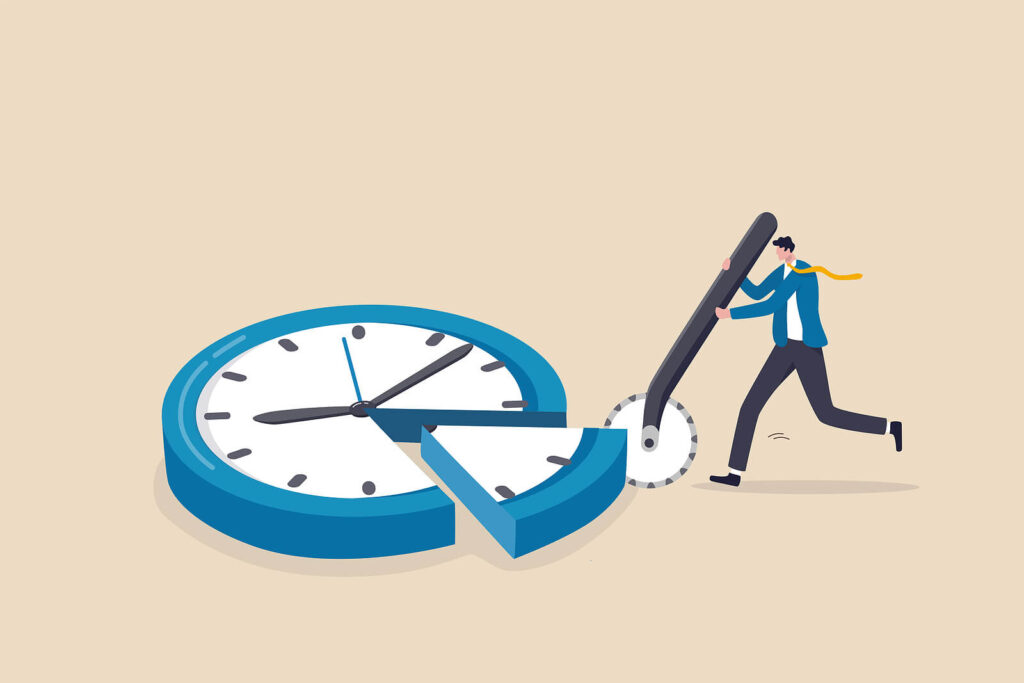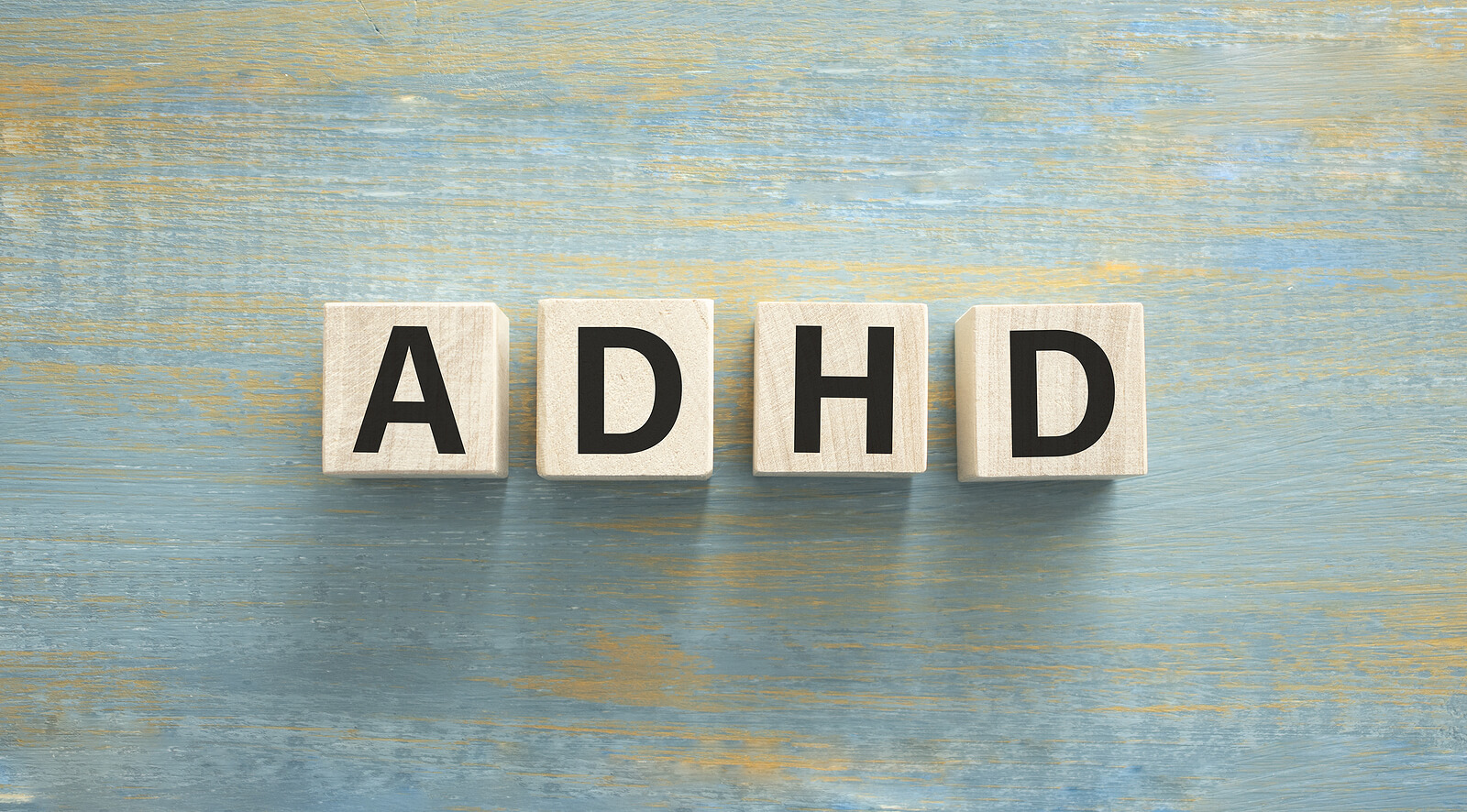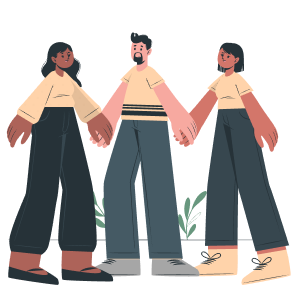Our lives are an accumulation of decisions made over time. Every day we are presented with infinite choices. Some small, like deciding what’s for dinner. Others are big, like having a child. Some easy, some that feel impossible, and some that exist in the middle. You probably don’t even realize many of the decisions you’re making throughout the day, they just come naturally.
If you’re struggling with ADHD, making decisions may feel completely exhausting more often than not. Sometimes even making the simplest decision requires more energy than you have. There are times when you try to do it on your own, get overwhelmed, and end up making no decision. Then you have the times when your mind goes blank, and you’re stuck. Or you get so irritated and frustrated that you make any decision just to get it over with.
The decision-making process is a complex one that requires several brain functions working together, for example, working memory, impulse control, and planning. Many people with ADHD already lack these executive function skills making an already difficult task even more challenging. Since decisions are an inevitable part of life it is beneficial to find ways to alleviate the distress brought on by the decision-making process. Here are some tips recommended by an ADHD therapist to help you do that.
Use your resources.
For quick, low-risk decisions consider flipping a coin. When there are more options than yes or no, try a spinning wheel – input all the options, spin the wheel and you’re done. If others are involved, rock, paper scissors.
In some cases, it’s better to defer to the experts. Don’t know what to order from the menu? Have the waiter choose. Wondering which brand is better? Ask an employee. Picking a date night outfit? Call a friend. By crowd-sourcing the decisions that are less important to you, you save your brain power for something more important.

Add some structure.
Routines and structure are tools that can help manage ADHD symptoms and, at the same time, sticking to them can feel impossible. Pay attention to the tasks that come easier to you, they’re likely the ones that you don’t have to think much about doing – they’re a part of your routine. Anchoring tasks to an existing responsibility, a specific time or day can help build them into habits. For example, I pair my morning coffee with taking my vitamins, clean my fridge on Fridays, and get a facial the last weekend of the month, to name a few. How could this translate to your life?
- Create a menu with your lunch and dinner meals for the week.
- Have a cleaning schedule assigning tasks to specific days.
- Focus on a theme, ex. Sunday resets, Taco Tuesday, etc.
- Go for a walk at the same time every afternoon.
- Wake up and go to bed at the same time.
If you can apply this strategy to everyday decisions, you will eliminate the mental labor of having to decide to do something.
Decide to not decide.
Sometimes we can get caught up in the pressure of decision-making and end up completely ignoring the fact that there is no need for an immediate answer. If you have multiple things to make decisions on, prioritize them by urgency/importance and defer the non-urgent, less important tasks for a later time. Keep it on your to-do list or set a reminder and come back to it when it’s a higher priority.
Set some limits.
Making decisions is challenging as it is so one way to approach them is by simplifying the process as much as possible. Having too many options to choose from can be stressful and overwhelming – limit your options to only a few and pick from there.
In addition to limiting your options, you may want to limit your time. Every decision will not require the same amount of time. Dedicate a specific amount of time depending on the level of importance. Minor decisions with no to little consequences, like choosing where to go out for lunch, may only need 15 minutes. Whereas, bigger decisions with major consequences, like a financial budget, may need an hour or more. By putting boundaries on time spent, there is a lower probability you’ll fall into analysis paralysis.

Establish a process.
Having a specific decision-making process that generalizes across multiple decisions gives you something to immediately reference when faced with a choice. Some techniques to use are listing the pros/cons, cost-benefit analysis, or mind mapping.
Navigating Decisions with Confidence
Regardless of which strategy you use to help you make decisions, it’s important to remember that every decision has consequences, and making the right decision every time is unrealistic. If a choice you made ends up being a poor one, be compassionate with yourself – see it as a lesson vs. a reflection of yourself. Remind yourself that you did the best you could given the circumstances at the time and that you can use this as an opportunity to do better next time. At Kind Mind Psychology, we understand how overwhelming decision-making can be, especially when ADHD adds extra challenges. Our therapists provide personalized support to help you build practical strategies, strengthen executive functioning skills, and approach decisions with more confidence and clarity.

Find Support for ADHD and Decision-Making Challenge
If decision-making feels exhausting, overwhelming, or impossible at times, you don’t have to navigate it alone. ADHD therapy in Charlotte, NC can help you develop strategies to improve executive functioning, manage decision fatigue, and build confidence in your choices. With the right support, you can create structure, reduce overwhelm, and find a decision-making process that works for you. Ready to take the next step?
- Reach out to us now to get started!
- Learn more about ADHD management strategies here.
- Start making decisions with more clarity and ease.
Other Services We Offer in New York and North Carolina
Beyond ADHD therapy in Charlotte, NC, we offer a variety of supportive options to meet your needs. For those in the LGBTQIA+ community, we offer affirming and compassionate LGBTQ+ therapy, where you can explore and embrace your identity. We also provide couples therapy and sex therapy to help partners build stronger, more meaningful relationships. Additionally, our trauma treatment services are designed to help you process and heal from past experiences in a safe, supportive environment. No matter what you’re facing, we’re here to support your growth and well-being with CBT, DBT, or online therapy.

